Building of the Day: 27 Columbia Place
Brooklyn, one building at a time. Name: Built as Columbia House Settlement, Willow Place Chapel House, PS 78 Annex, the A.J. Burrows Co., now Alfred T. White Community Center Address: 27 Columbia Place Cross Streets: State and Joralemon Streets Neighborhood: Brooklyn Heights Year Built: 1905 Architectural Style: Renaissance Revival Architect: Unknown Landmarked: No, just outside…
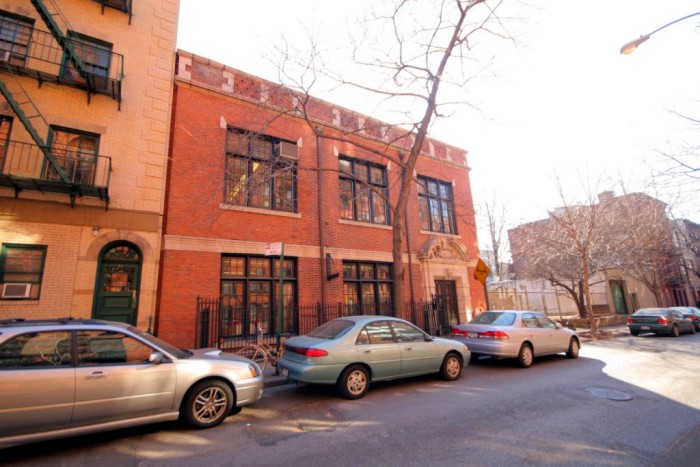

Brooklyn, one building at a time.
Name: Built as Columbia House Settlement, Willow Place Chapel House, PS 78 Annex, the A.J. Burrows Co., now Alfred T. White Community Center
Address: 27 Columbia Place
Cross Streets: State and Joralemon Streets
Neighborhood: Brooklyn Heights
Year Built: 1905
Architectural Style: Renaissance Revival
Architect: Unknown
Landmarked: No, just outside of Brooklyn Heights HD Yes, part of Brooklyn Heights HD (1965)
The story: Like many cities, the rich and the poor in Brooklyn Heights did not live all that far from each other. Although all of Brooklyn Heights is a well to do neighborhood now, when the factories and docks below the Heights were in operation, a large community of working class and poor people settled near there, including that part of the Heights called Willowtown. The great philanthropist and housing reformer Alfred Tredway White built his Riverside Apartments in 1890, for this population, seeking to provide decent and affordable housing for the masses. One side of his vast nine building complex faces Columbia Place, and this building, 27 Columbia Place is just across the street. This was not just fortuitous, this was planned.
Alfred Tredway White was a Unitarian, and worshipped at the Church of the Saviour, on Pierrepont Street, in the heart of the Heights, in some ways, far, far from the Riverside Houses. The Unitarian Church has a long history of social reform and action, and one of their projects was a mission house to the people of Willowtown. In 1876, they built a mission chapel at 26 Willow Street, directly behind this house. That building will be a separate BOTD soon. Fast forwarding thirty years, after Mr. White’s Riverside Apartments were opened, he and the church saw a need for more community services, especially for children, and Alfred T. White had this building built behind the chapel as an annex. It’s a well-made building, but I couldn’t find the architect’s name on file anywhere.
I’ve seen the names Willow Place Chapel House and Columbia Street Settlement used during the same time period, with Willow Place Chapel House seeming to dominate. Suffice it to say, it’s been called both, and both had the same purpose – to serve as a clubhouse and recreational center for Willowtown’s children. The Center had a number of worthy programs; social and civic clubs, manual and domestic training, Civil Service classes, music and dancing classes, savings bank, library and free kindergarten, gymnasium, bowling and baths, nursing services, loan and clothing bureaus, lectures, and fresh air work.
During the great Influenza Pandemic in 1918, the center was invaluable to the Willow town community as a call center where doctors and nurses could examine patients and hand out medicines. White funded the center until he died, in 1921. After his death, the Willow Place Chapel continued, as a part of the Unitarian mission, until the mid-1920s. The City of New York took over the center, and ran it as a recreation center for a while, before turning into an annex for Public School 78, way over on Warren Street, in Cobble Hill, in 1932. By 1944, the building was still in use by the school, even as a new and larger school was being budgeted for post-war construction.
By the 1950s, the school annex was gone, and Brooklyn Heights was just beginning to come back from a long winter. Two wars, the loss of industry, and a general down marketing of most of Brooklyn had made Willowtown ripe for Robert Moses’ plans to raze most of it for urban renewal, for his BQE, and to build his new Brooklyn. Fortunately, the community still had powerful friends and strong neighborhood advocates, and Willowtown remained pretty much intact. By 1952, this was an industrial building, used by a custom furniture maker. In 1953, the basement was for rent, advertised in the Eagle as a perfect place for a machine shop.
In 1956, A. J. Burrows, who lived in the Heights, bought the building, which was now empty, and planned to use it for the manufacturing of his electronic equipment. He and his employees cleaned out the building, and renovated it for his use. He was met with huge protest by Heights and Willowtown homeowners who wanted the streets to remain residential, and not have any more factories in the area. That fall, the Willowtown board tried to get him to move, arguing that manufacturing on Brooklyn Heights’ blocks was counterproductive to bringing the Heights back, in terms of gentrification. Too many industries in the area would mean boarding houses, and a return to urban blight. They did allow Burrows to stay, but prohibited him from having signage on the street, and other restrictions. Under those conditions, the A.J. Burrows Company did not stay long.
In 1962, the Willow Street Chapel and this building became the Alfred T. White Community Center. Both buildings are now used by their three permanent occupants; the Brooklyn Community Nursery School, The Heights Players, Inc. and the Roosa School of Music. Alfred T. White would no doubt be pleased. GMAP
(Photo: Scott Bintner for Property Shark)
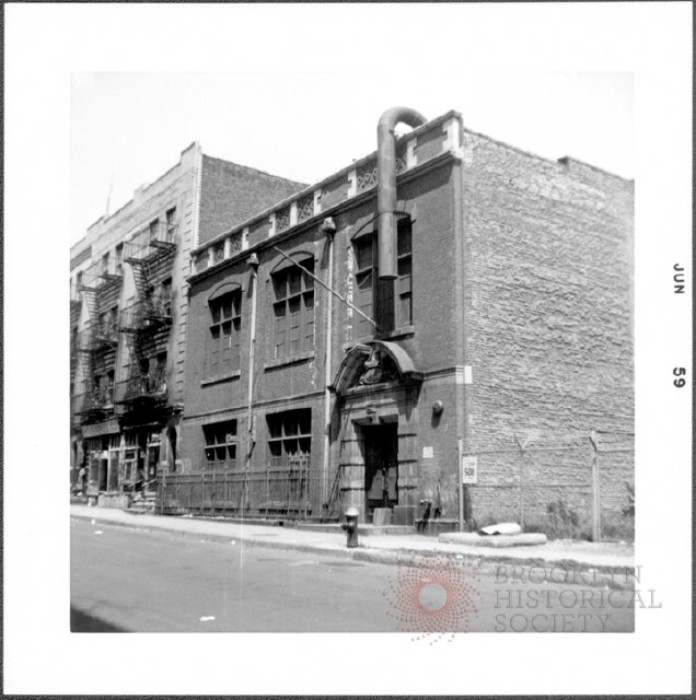

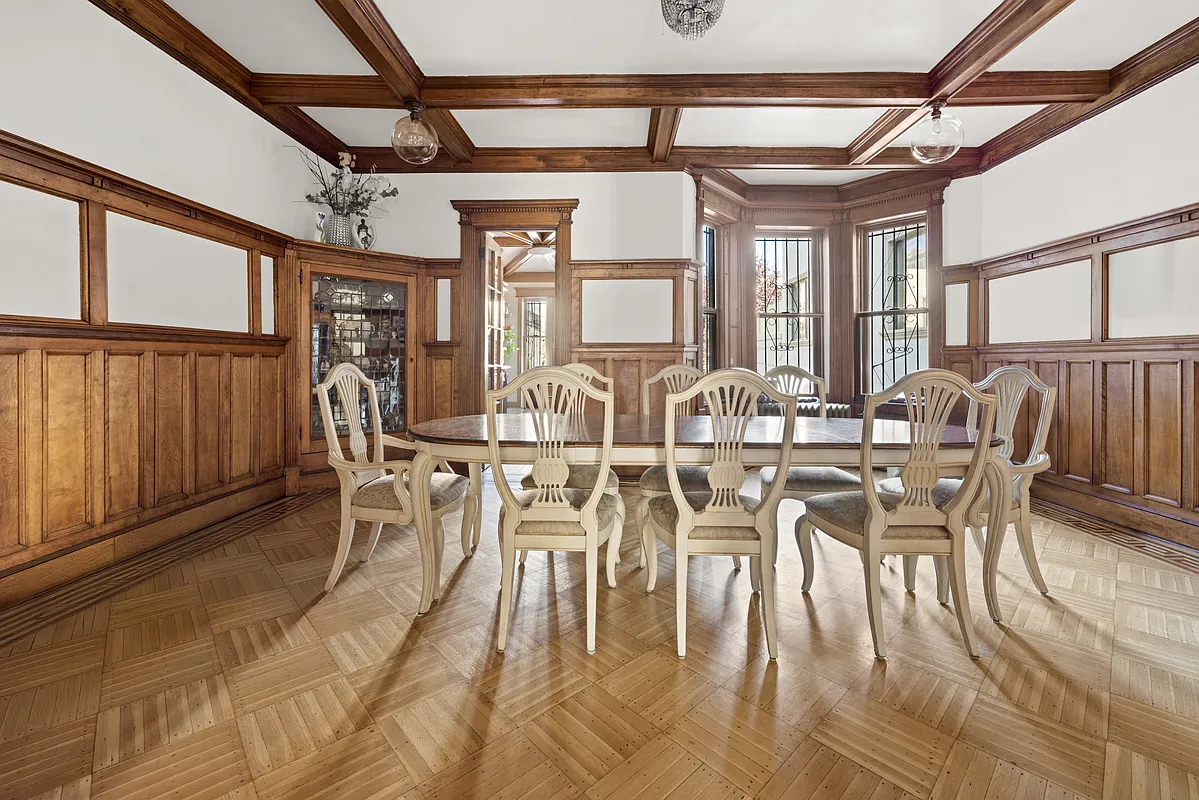
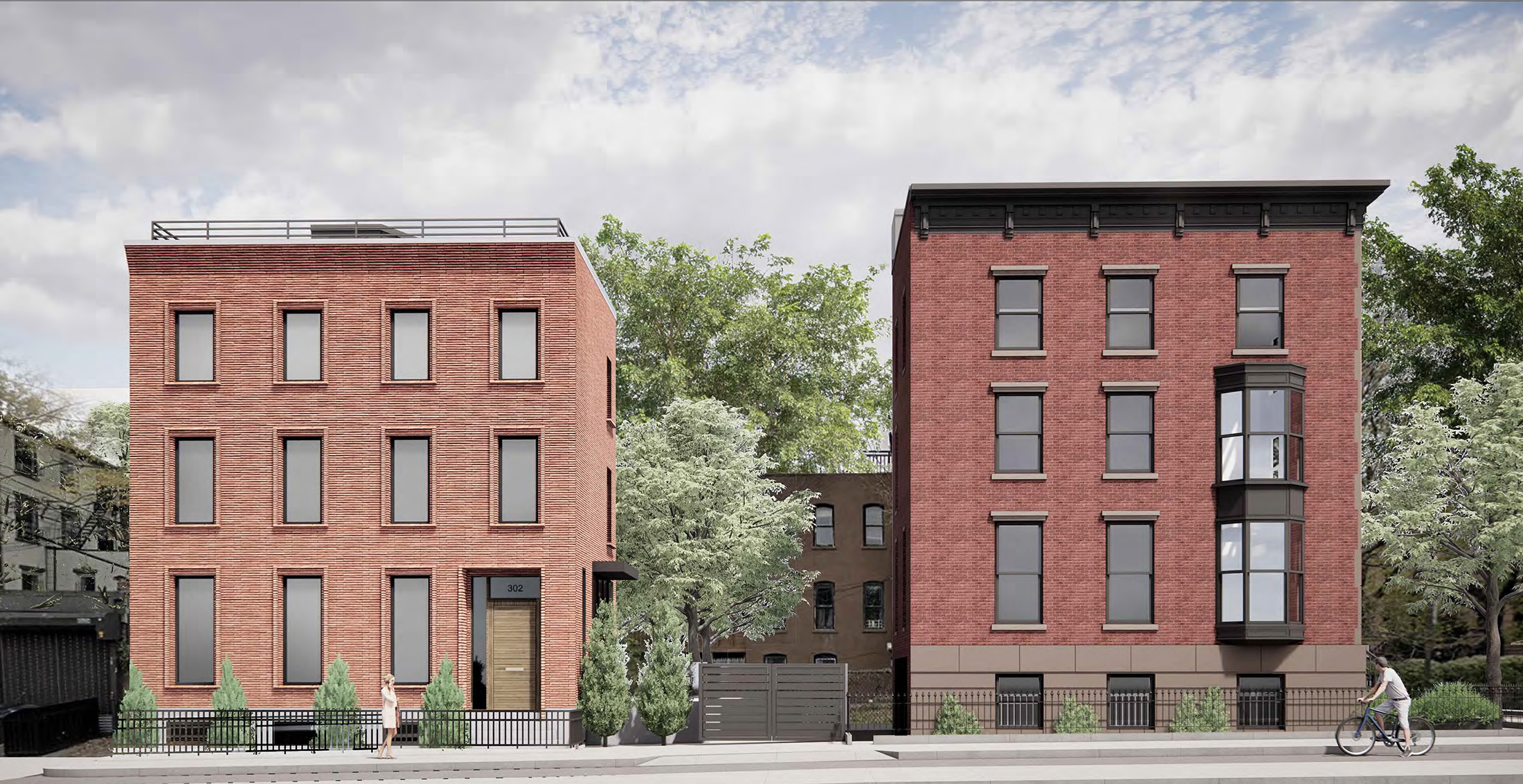
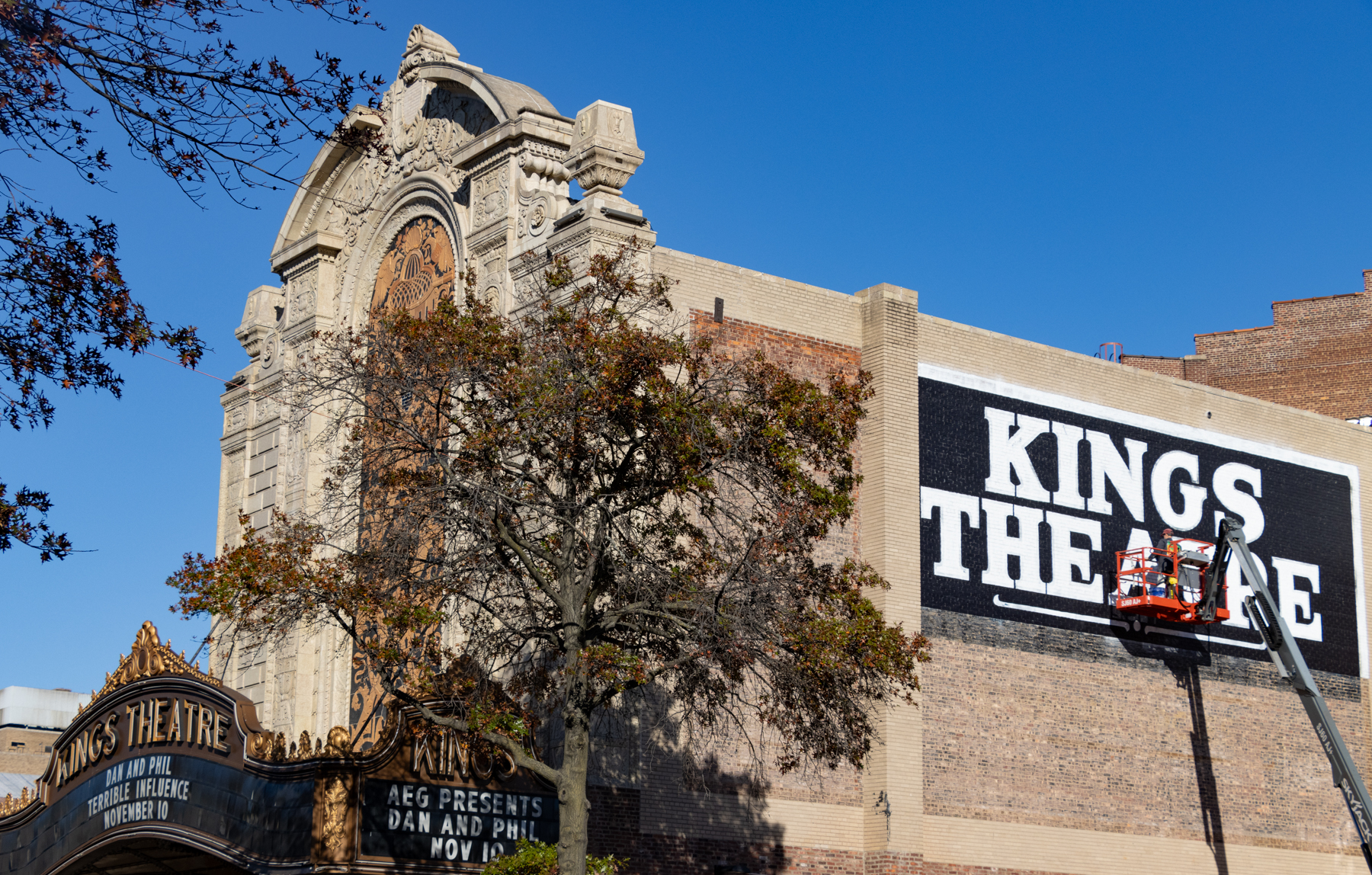
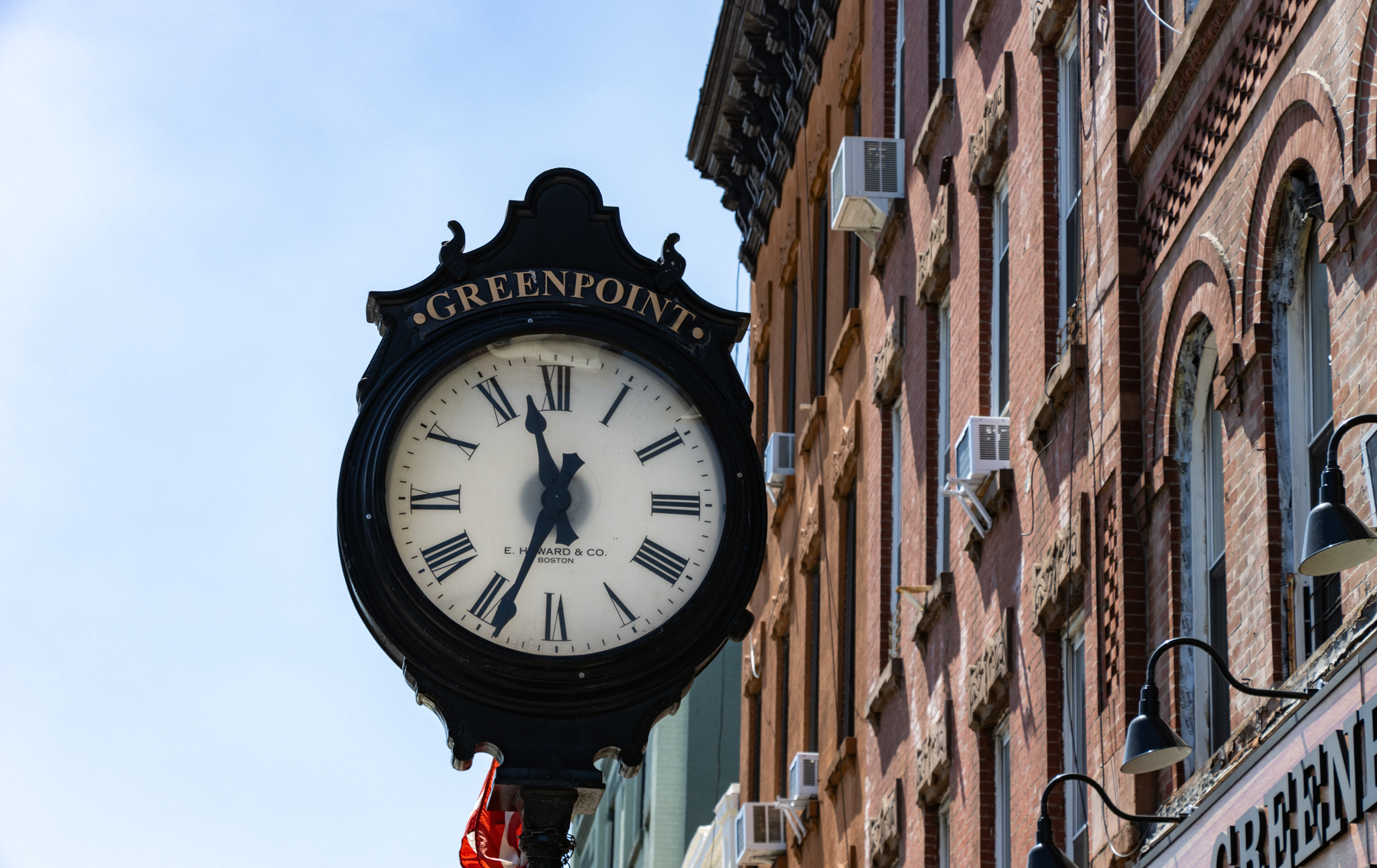




What's Your Take? Leave a Comment